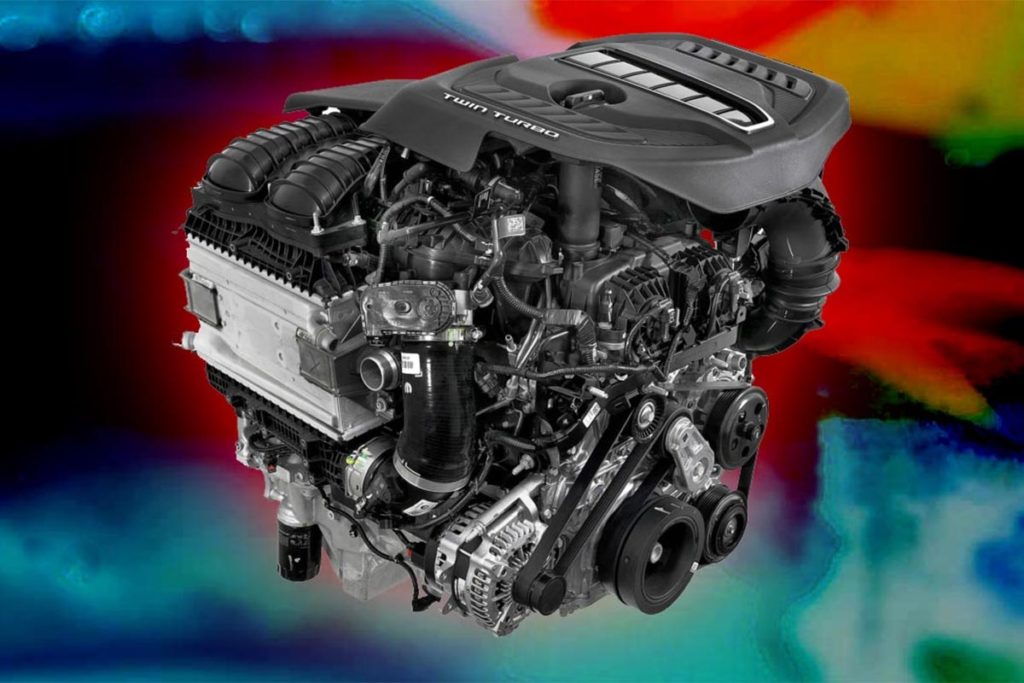
While its sales in the United States fell by 7 % in 2024, to 1.3 million units, Stellantis is stepping up initiatives to revive its leading market in terms of sales. Latest news: the group is seriously considering doubling production of its GME T6 6-cylinder engine.
While the initial objective was to produce 250,000 units per year, Stellantis plans to increase annual production to 500,000 units. This would potentially equip almost half the vehicles sold by the Group in North America. This engine, also known as the "Hurricane", already equips several Jeep and RAM models in the USA. Depending on the version, it offers between 400 and 540 hp of power.
According to our information, to achieve this ambitious goal, A study is underway to assess the additional human, material and energy requirements. This would involve adapting existing assembly lines, increasing plant capacity and optimizing supply chains. The stakes are clear: strengthen the combustion engine offer in a market where electrification is progressing less rapidly than expected.
This decision is part of a broader strategic shift initiated by John Elkann, Chairman of Stellantis. At the end of March 2025, he stated that he wanted to " launch the right models, with the right engines, at the right time" to better meet consumer expectations. At the same time, Stellantis is preparing for the comeback of its V8 HEMI engines - 5.7L, 6.2L and 6.4Lscheduled for production in the third quarter of 2025 at the Dundee Engine Plant in Michigan.
The GME T6 engine, a supercharged in-line 6-cylinder, is the embodiment of this dual strategy: to maintain a high-performance combustion engine offering while adapting to new expectations, notably in terms of fuel consumption and emissions. It should be noted that this engine is produced at the Saltillo plant in Mexico, and is therefore potentially threatened by new customs duties from the United States. It also remains to be seen whether this engine, currently reserved for the North American market, will one day be offered in Europe, potentially associated with hybridization. For the moment, we still have no serious information on this subject.